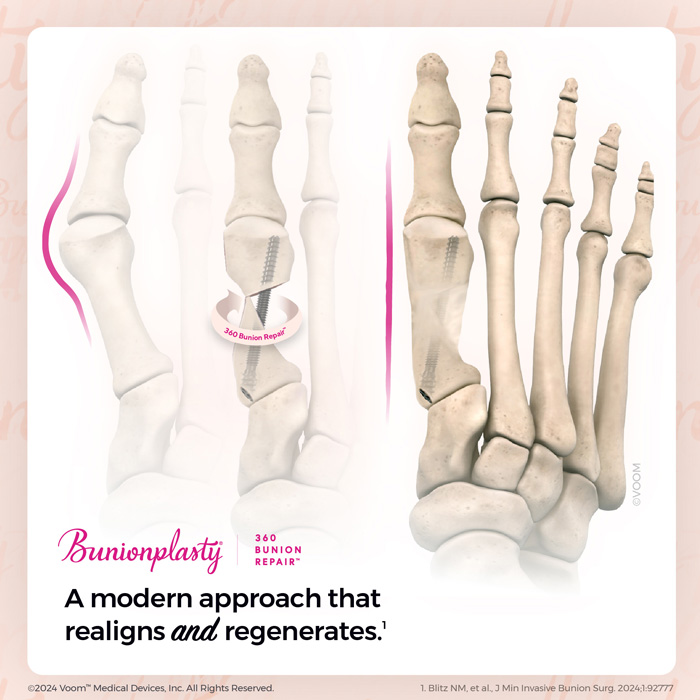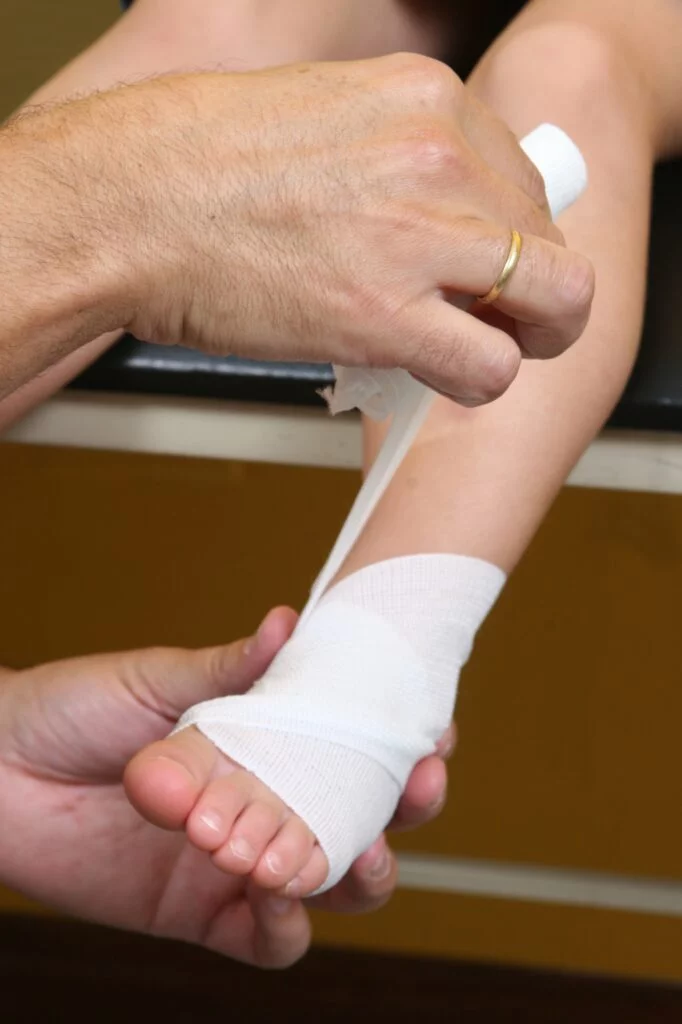Table of Contents
Bunionplasty®: A Modern, Minimally Invasive Approach to Bunion Correction
Introduction
What is a Bunion?
A bunion, or hallux valgus, is a bony bump that forms at the base of the big toe. It develops when the bones in the foot become misaligned, causing the big toe to shift toward the other toes. Symptoms of bunions include:
- A visible bump on the side of the foot
- Pain, redness, and swelling around the big toe joint
- Difficulty wearing shoes due to pressure and discomfort
- Restricted movement in the big toe
If left untreated, bunions can worsen, leading to increased pain and difficulty walking.
What is Bunionplasty®?
Benefits of Bunionplasty®
- Minimally invasive technique – Smaller incisions mean less pain, swelling, and scarring.
- Faster recovery time – Many patients can return to regular activities sooner than with traditional surgery.
- Improved cosmetic outcome – Less visible scarring for a more natural appearance.
- Less post-operative pain – Reduced trauma to the surrounding soft tissue minimizes discomfort during healing.
Who is a Good Candidate for Bunionplasty®?
- Have mild to moderate bunions that cause pain or affect daily activities
- Want a faster recovery time compared to traditional bunion surgery
- Prefer a minimally invasive procedure with minimal scarring
- Have tried conservative treatments (orthotics, pain relievers, or lifestyle changes) without relief
The Bunionplasty® Procedure
- Small Incisions: Instead of a large cut, tiny incisions are made to access the bunion.
- Bone Realignment: The misaligned bone is carefully repositioned to restore proper foot structure.
- Internal Fixation: Small, low-profile screws or pins may be used to hold the bones in place.
- Closure: The incisions are closed with minimal sutures, reducing scarring.
Recovery and Aftercare
- Weight-bearing within days (with proper support and footwear)
- Reduced swelling and discomfort compared to conventional bunion surgery
- Returning to normal activities in weeks, rather than months
- Wear a protective boot or surgical shoe as advised by your doctor.
- Keep your foot elevated to minimize swelling.
- Avoid high-impact activities until cleared by your podiatrist.
- Follow up with your doctor to monitor healing progress.
Potential Risks and Complications
- Mild swelling and discomfort
- Temporary numbness or stiffness in the foot
- Risk of bunion recurrence (though significantly lower than with traditional surgery)
Why Choose University Foot & Ankle Institute?
Dr. Bob Baravarian DPM, FACFAS is a Board-Certified Podiatric Foot and Ankle Specialist. He is an assistant clinical professor at the UCLA School of Medicine and serves as Director of University Foot and Ankle Institute.
Dr. Baravarian has been involved in athletics his entire life and played competitive tennis in high school and college. He has an interest in sports medicine, arthritis therapy, and trauma/reconstructive surgery of the foot and ankle. He is also fluent in five languages (English, French, Spanish, Farsi, and Hebrew),




